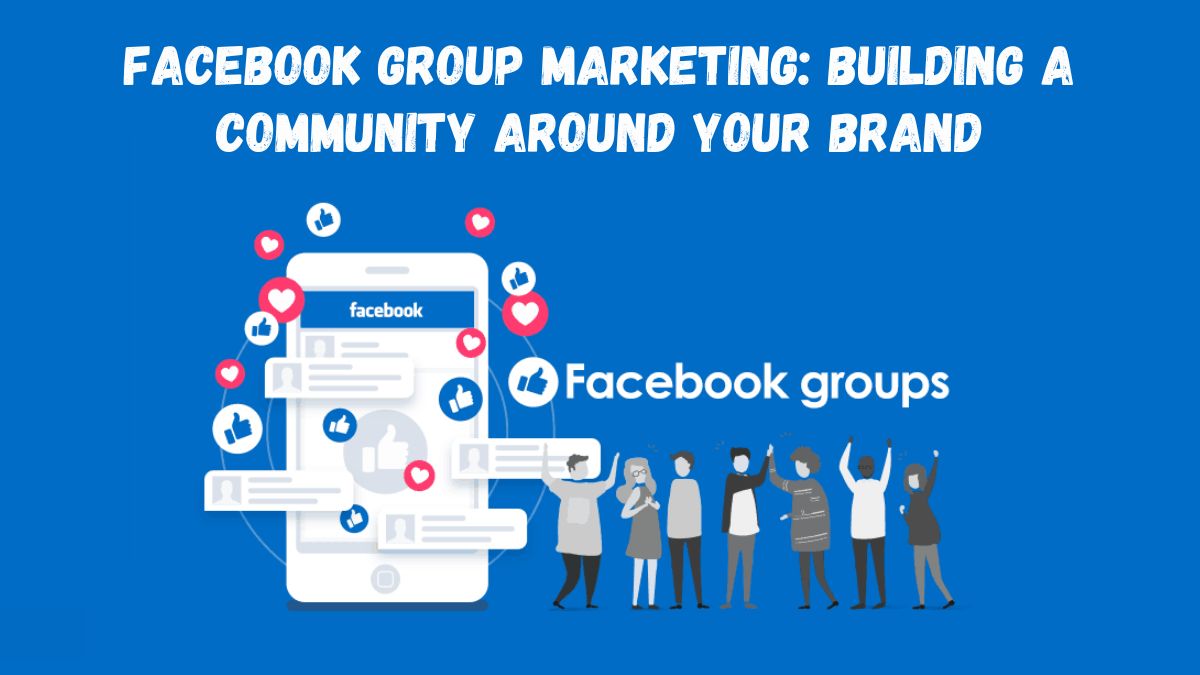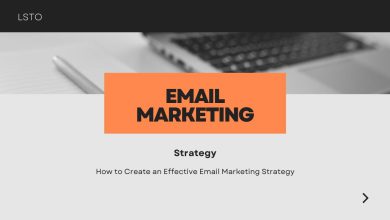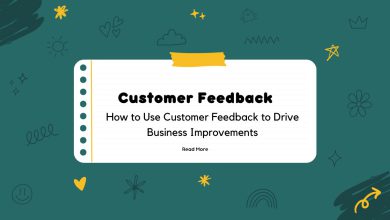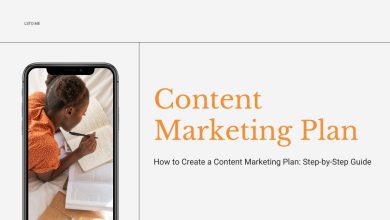
In digital marketing, building a community is key. It’s the best way to engage and win customer loyalty. Facebook Groups are now a popular way for brands to connect with their audience more authentically. With 2.9 billion active users, Facebook is a key opportunity for brands. It lets them create spaces for customers to gather and share experiences around common interests. Facebook Group marketing can help you build a community. It will strengthen your brand’s relationship with its audience. It will also drive long-term growth and engagement.
Why Facebook Groups Are Valuable for Brand Building
Facebook Groups offer a more personal and interactive platform compared to traditional pages. Here’s why they’re crucial for brand growth:
Community Focused: Unlike Facebook Pages, where interaction is more brand-centric, Groups are community-focused. Members can post their own content, start conversations, and ask questions.
Higher Engagement: Facebook’s algorithm prioritizes content from Groups in members’ newsfeeds, leading to higher engagement rates.
Direct Feedback: Groups provide an ideal space to gain feedback, allowing brands to respond and adjust their strategies quickly.
Cultivates Loyalty: Members feel more connected to the brand, which builds trust and increases brand loyalty.
Steps to Build a Successful Facebook Group for Your Brand
Creating and managing a Facebook Group that nurtures community takes a strategic approach. Below are actionable steps to help you build a thriving Facebook Group.
1. Define Your Group’s Purpose and Goals
Before creating your Group, clearly define its purpose and goals. Ask yourself:
Who is your target audience?
What value will the Group provide?
How does it align with your brand’s mission?
For example, if you’re a wellness brand, create a Group on healthy lifestyle tips. Members can share recipes, fitness routines, and mindfulness techniques. A narrow focus attracts people who care about your brand’s values. It creates an authentic, engaged community.
2. Choose a Clear and Compelling Name
Your Group’s name is one of the first things potential members will notice. Choose a name that is:
Descriptive: It should give users a clear idea of the Group’s purpose.
Engaging: Incorporate keywords that resonate with your target audience.
Aligned with your brand: The name should reflect your brand’s values and objectives.
If you’re an eco-friendly beauty brand, a name like “Sustainable Beauty & Wellness Community” could attract eco-conscious fans.
3. Customize Your Group Settings
Facebook offers a range of customizable settings for Groups. Ensure that you:
Set Privacy: Most brand-focused Groups work well as “Private,” so only members can see the content. However, if your goal is to reach a wider audience, you might opt for a “Public” Group.
Define Membership Rules: Set clear rules regarding behavior, promotion, and content sharing. This ensures members know what’s expected. It helps keep a respectful, constructive environment.
Customize Membership Questions: Use entry questions to understand why people are joining. Ask about their interests, needs, or challenges related to your brand.
4. Develop Engaging Content to Spark Interaction
Once your Group is live, engage your members with content that adds value. Here are a few content ideas:
Welcome Posts: Welcome new members regularly. This creates a sense of belonging and encourages members to introduce themselves.
Polls and Surveys: Asking questions directly can boost engagement and provide insight into members’ preferences.
Live Q&A Sessions: Host live Q&A sessions where members can ask questions about your brand, products, or related topics. For instance, a skincare brand could host a Q&A on skincare routines.
User-Generated Content: Encourage members to share their own experiences, testimonials, or photos with your products. It not only builds community but also acts as social proof for your brand.
Educational Content: Share blog posts, infographics, or tutorials that address common questions and pain points.
5. Be Consistent and Active
An active Group requires consistent effort to keep conversations going. Here’s how to maintain momentum:
Post Regularly: Establish a posting schedule and stick to it. Daily posts or every few days work well.
Engage with Comments: Show that you value members’ contributions by responding to comments and participating in discussions.
Host Weekly or Monthly Themes: Create recurring themes, like “Feedback Fridays” or “Wellness Wednesdays,” to encourage specific types of posts or discussions.
Leverage Facebook Live: Use Facebook Live to give behind-the-scenes content, product launches, or team introductions.
Effective Ways to Promote Your Facebook Group
Promoting your Group is essential to attract a larger audience. Here are some strategies to bring in new members:
Leverage Other Social Media Channels: Share your Group link across all your brand’s social media platforms. Encourage followers to join for exclusive content and discussions.
Add Group Links to Your Website: Add a call-to-action (CTA) on your website or blog that invites visitors to join the Group for added value.
Email Marketing: Send an email to your existing customers or subscribers, inviting them to join the Group. Highlight the benefits of joining, such as exclusive content or community support.
Use Ads to Promote the Group: Facebook Ads can help promote your Group to a targeted audience. Use ads that highlight the Group’s benefits, such as expert advice, exclusive offers, or community support.
How to Keep Members Engaged and Foster a Strong Community
After attracting members, the focus should be on keeping them engaged and cultivating a sense of community. Here’s how:
Encourage Member Interaction: Ask questions, create polls, and start discussions. For example, ask, “What’s one thing you’d like to learn more about in [Group Topic]?”
Feature Members’ Stories: Highlight members’ posts or stories, such as a testimonial about how your product helped them. It creates a sense of pride and belonging.
Host Group-Only Events or Webinars: Offer exclusive events, webinars, or content that is only accessible to Group members. This gives them a reason to stay engaged and feel like insiders.
Reward Engagement: Recognize highly active members with shout-outs or reward programs. You could offer discounts, free trials, or giveaways to those who contribute positively to the Group.
Create Sub-Groups or Topic Threads: If your Group has a wide range of interests, create sub-groups or threads for specific topics. For example, a fitness brand might have threads for “Nutrition,” “Workout Tips,” and “Mental Wellness.”
Monitoring and Measuring Group Success
To understand your Group’s effectiveness and areas for improvement, monitor key metrics:
Engagement Rate: Track the number of active members, post interactions, and comments. This tells you how involved members are in the Group.
Member Growth: Monitor the rate at which new members join. Consistent growth indicates your Group’s appeal.
Content Performance: Identify which types of posts (polls, Q&A, educational content) receive the most engagement and replicate what works.
Feedback Collection: Regularly ask for feedback from members about how the Group could improve.
Use Facebook’s Group Insights. It provides data on engagement, demographics, and content popularity. Use it to improve your strategy.
Real-World Examples of Brands Using Facebook Groups Successfully
Several brands have leveraged Facebook Groups successfully to build community and loyalty. Here are two examples:
Peloton: The Peloton Official Member Group has over 400,000 members who share workouts, achievements, and motivational stories. This Group has created a community of support and camaraderie, reinforcing customer loyalty.
Sephora Beauty Insider Community: Sephora’s Beauty Insider Facebook Group allows customers to discuss makeup tips, share beauty advice, and learn about Sephora products. The Group fosters a loyal community that relies on each other for recommendations and advice.
These examples show the power of Facebook Groups. They build brand communities that boost customer loyalty and advocacy.
Conclusion
A Facebook Group for your brand can build a community, boost loyalty, and drive engagement. It’s a game-changer. Create valuable content. Engage with members. Promote the Group. This will build a strong presence and lasting relationships with your audience. A well-managed Facebook Group can boost your digital marketing. It can engage your community and grow your business, whether you’re a small business or an established brand.




